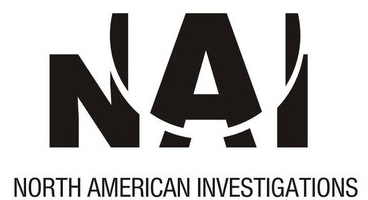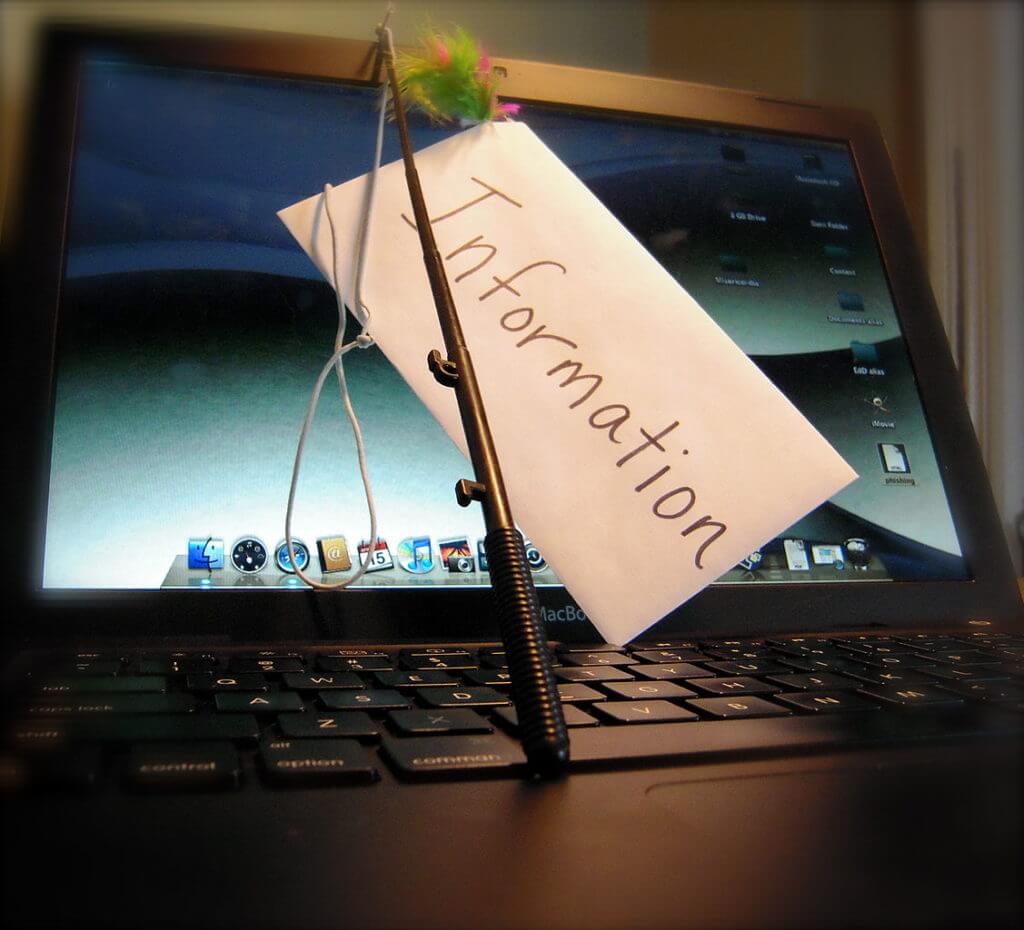In this age where information is easy to give and receive, you’d be hard-pressed to find anyone without an email address. While being able to send emails to anyone is a good thing, there are people that are out there taking advantage of emails to go after their victims. This is mainly done through phishing emails.
What is a Phishing Email?
A phishing email is an email designed to trick users into providing sensitive information to the sender such as credit card details, social security numbers or even bank account information. While phishing emails have been around even before the Internet went mainstream, they have tricked more people during recent years because of how common having an email is.
There are several ways to find out if you received a phishing email, though. You just have to know what most of them look like. If you see any of these signs and you got the email from someone you know (a business partner or an employer), you need to find out if you’re getting scammed. Otherwise, just delete the email and block the sender.
- Suspicious Sender Email
It’s common for scammers sending out phishing email to use email addresses that attempt to look legitimate. A common example would be email addresses pretending to be official Facebook/Yahoo/Google administrators. There are also email addresses that try to sell their shady “offer” with the temptation of quick cash (for example, using domains like wealthandmoney.com or ezquickstocks.com).
While some phishing emails come from very convincing email addresses, you can still stay on the safe side just by steering clear of emails that come from senders that are not in your contacts list. If you don’t know the sender, you probably have no business with that person.
- Calling for Urgent Action
Most phishing emails attempt to pressure other victims into giving important info with an aggressive call-to-action. Watch out for gratuitous use of the words “urgent”, “important”, or “offer ending soon”. You wouldn’t believe how often people get tricked into hurriedly giving out credit cards in fear of missing out a great “offer”.
Other phishing emails go for a different approach, implying that something is at risk if you fail to reply. A common example is that your email provider is checking if you are an active email user and that failure to reply would mean you will lose your account.
- Copy-pasted greetings
Phishing emails are usually sent en masse to make sure they trick as many people as possible. Since it would take too long to personalize an email, you’ll find most phishing emails to have generic greeting lines such as “Dear Email User,” or “Dear Account Owner”. If you see this kind of greeting, there’s a good chance that you should just delete it.
Don’t let your guard down even if the email has a personalized greeting; some scammers will go out of their way to make a phishing email just for you. This is why you should also consider the other signs when checking for such fraudulent emails.
- Link to Phishing Website
A phishing email could be just the first half of the big scam. Many of them are designed to redirect people to a phishing website instead of directly asking for sensitive information. Most of the time, these phishing websites are designed to imitate other more popular websites such as Facebook, Twitter, PayPal, or banking websites.
Never put your account details on any website unless you’re absolutely sure that the website is legit. Otherwise, you may have just given out your name and password. Double-check your URLs before anything else; even a wrong click could send malware to your computer.
It’s not unusual to receive a phishing email every now and then, but a careful eye and knowing the signs of fraudulent messages can go a long way in keeping you and your account safe.





